Novelists Need to Be Film Editors Too
Last week we began looking at film editing, and how it’s changed over the decades in the movie world. Now, you may think it really odd, but knowing my background, you should understand when I say one of the things I pay the most attention to when I watch a movie (and comment on to my husband—to which he can attest!) is the editing. I feel the editing is what makes the movie. A terrifically edited movie scores more points in my book than a well-written one. I am enthralled when I watch a beautifully edited movie, when all the cuts of the various camera shots are pieced together like a symphony.
One movie that comes to mind is Inception. There are sequences in that movie that are edited to show reality unfolding on three different dream levels all at the same time. It is masterfully done. If you’ve watched the opening scene of Saving Private Ryan and you felt like your heart was being ripped out, much of that was due to the brilliant, powerful editing. Although I could barely view the painful images on the screen (and I’m glad I saw it on my small TV and not in a theater), I can’t forget specific camera angles used, such as the shot taken from the seaward side of the landing craft looking toward the beach as the soldiers try to disembark and are mowed down with machine-gun fire, many while still in the boat, the water turning red as bodies keep falling.
In contrast, a movie with boring editing will tend to show boring scenes that feel flat or choppy or lacking spark.
Yes, Another Hat
If you haven’t figured out by now where I’m going with this, I hope you won’t be surprised to have me tell you that, yes, you also need to wear that editor’s hat. I don’t mean the “book” kind of editor, like me, but the movie kind I mentioned above—the person who takes the film of all the raw footage of the shot scenes and pieces it together in not just the right order but in a specific sequence.
Think about it. Each scene in a movie or TV show is not just shot from one angle; it’s shot from many. There are close shots in which you see one character’s face and the back of another’s head. There are stationary shots taken from different angles, as well as numerous moving shots taken from different angles. You may have an aerial shot, some long shots, some tilted ones, some tracking shots done with the camera moving along on a dolly.
The director will make clear which shots he wants. He then, along with various producers and others, will work with the film editor to choose which shots to use in a scene, and like a jigsaw puzzle will (hopefully) seamlessly put it together so it flows without lagging, as well as provides just the right tension and pacing needed.
It’s not easy. And fiction writers have to do exactly the same thing. They have to not only “shoot” their scenes, they have to choose the camera angles, and then piece it all together in a way that fits their genre and story, and keeps the pacing going at the speed needed to engage the reader. A novel set in Victorian England showing the characters having tea and discussing suitable marriage prospects (not my cup of tea) should have different camera shots and entirely different editing than a suspense thriller in which the protagonist has to save the world before the ticking bomb explodes.
CUT TO: An Important Point
I want to say “cut” here to emphasize again the importance of being aware of the “high moment” of each of your scenes. This is what good directors know. Before they shoot those scenes on their shooting schedule for the day, they are thinking about that instant (whether it will last a few seconds or even a minute) each scene is building to. Too many writers write too many scenes with no point to them.
Ever seen a movie that left you scratching your head? A movie with scenes that had no point to them, and for the life of you, you couldn’t figure out why they were in the movie at all? Same thing. Someone should have cut those scenes out or rewritten them, you think. Maybe you’ve said that about scenes you’ve read in some novels too. Hopefully no one has said that about your novels, but if they have, you can fix that. How? By making sure you have a high moment you are building to.
At the risk of being redundant, let me just say again: a high moment doesn’t have to be a huge moment. Remember, what’s significant to a reader is what impacts the character. Just a single word can pack a punch in a scene, and often does. A beautifully delivered line of dialog can be more explosive than blowing up the Statue of Liberty. Great movie directors know this too. As actress Rosalind Russell said, what makes a great movie is “moments.” And in order to write supercharged scenes that utilize specific camera shots, you have to know what moment you are building to. Just keep that in mind.
This week, as you watch a movie, try to pay attention to how it has been edited. Look at all the various camera angles used, how long each shot is, and think about why the director used that shot. Notice how the film editor pieced all the segments together (hopefully) seamlessly to create the desired tension and pacing for that scene. Becoming aware of how this is done will help you over time to visually construct the scenes in your novels. Notice anything interesting?

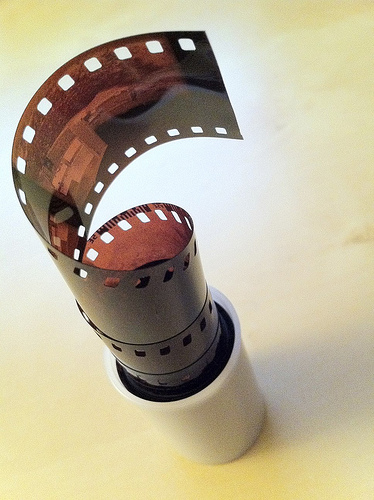
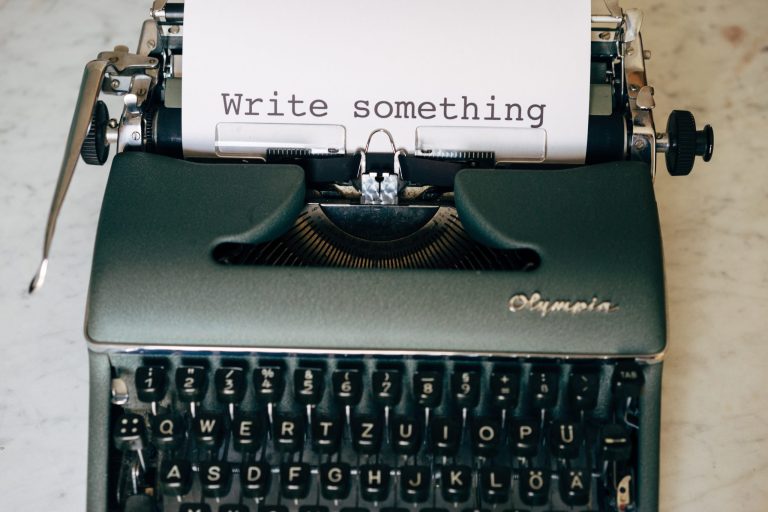
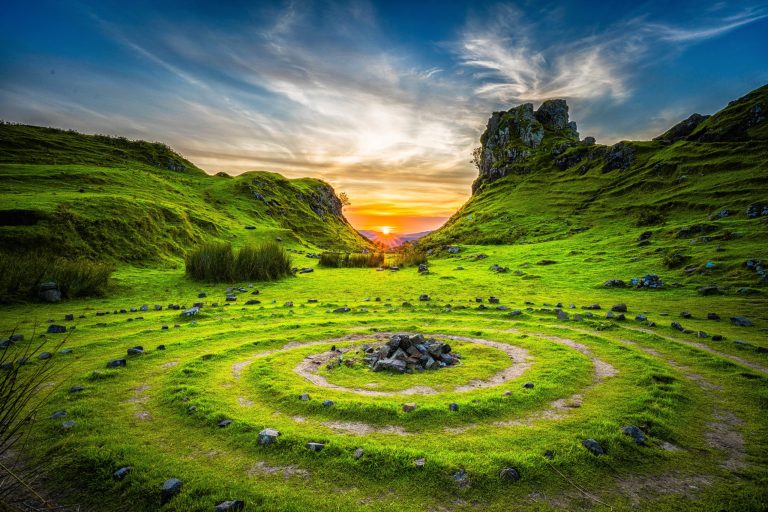
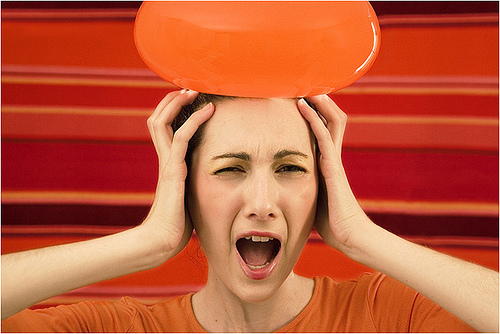

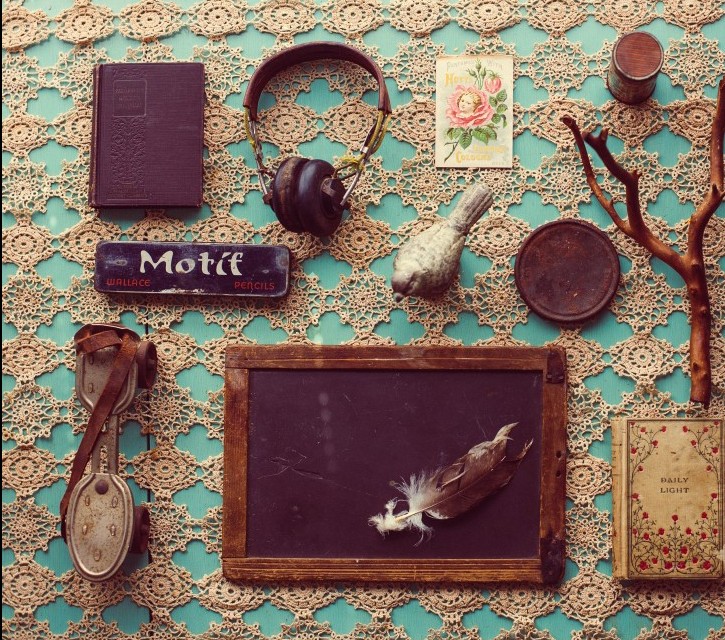
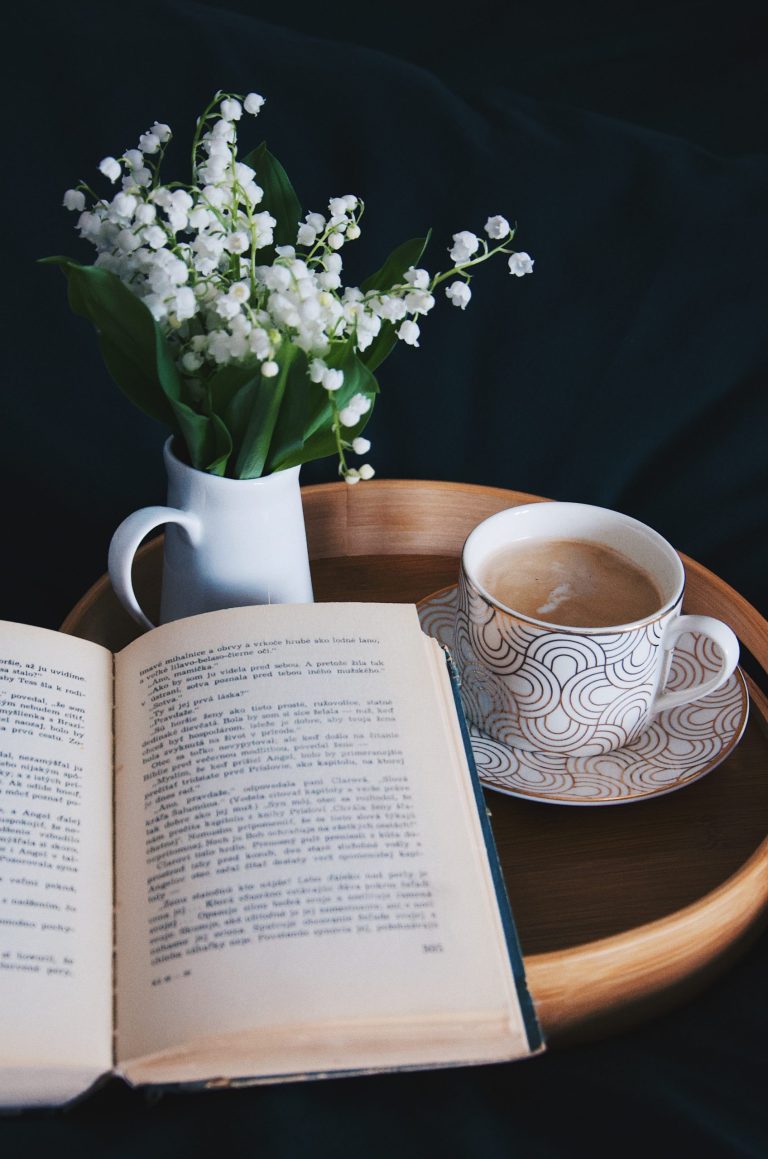




Hi Suzanne. I think you have a great point. I notice that self-indulgent (non-editing) writers make me crazier in some venues in others. I think when I am sitting down to read, I give a little more leeway to digressions or irrelevancies than when I see those in a film. Even more, I hate to hear an unneeded or sloppy section in an audiobook because I am trapped and cannot flip to another page:)
http://whatsyourpointblog.com/
I am very new to writing and am beginning the process of editing my first novel. I love this concept of looking at the book through a film editors eyes. With a new perspective I think I can more easily see what might be very dear to me, might not work so well for the reader.
Congratulations on being in the top ten Blog For Writers. Your blog is most deserving of this award.
Your post “Novelists Need to be Film Editors Too” is filled with sage advice. We need to put this post in front of the keyboard while writing.
In life, living in the moment offers a deeper life experience. The same is true in novels. Readers value those nuggets of ‘being in the moment’ in each paragraph, connecting with the character with greater intensity. It’s magical.
Like you said, it doesn’t need to be on the level of mayhem or overt passion. However, as with our day to day lives, we treasure those bits and pieces of moments that inspire us to move forward.
In my writing world, this is equivalent to giving the novel its soul.
Thanks for the kind words. I’ll be going much deeper into all these things this year, with lots of examples on how novelists can transfer over this technique into their scenes. Stay tuned!
I need an agent, because a Spanish writer is impossible sell your books in spanish, of course I need to write in English
Congratulations, Susanne on being in the Top Ten Blogs! I voted for you and didn’t know the results. There are a lot of blogs out there. I’m new to the territory and am sampling them. Many I never return to. Yours is one of the few that I consistently read. Your postings on thinking like a scriptwriter, film editor are among the most useful advice I’ve come across. I’ve always loved movies and now have a new critical approach to indulging in watching them. Watching movies are helping my fiction writing! Thank you for that too!
As an actual film editor I agree. Many of the practices used in editing help establish overt elements of the story like establishing scenes and the overall tension of a situation. There are subtle elements as well such as the quick inclusion of a word or action or hanging on a look by a character for an extra moment. Their (editors) best work is on the screen so just pay attention to how a scene is cut and figure how you can apply this to your writing.
Film editing is a critical element to the overall final product. Editors have subsequently become very powerful in the industry. There’s a scene in the 1987 film “The Last Emperor” where the title character cuts off his “queue,” or ponytail in defiance of Chinese tradition. It’s completely wordless, but the actions of the young emperor and his 2 female concubines who watch him – or more importantly, their facial expressions – reveal how significant that moment is.
So true that we need to think like a movie editors! In recent years, I have been studying good movies–including the “commentary” and “deleted scenes” features on DVDs–to help me with my fiction writing. Now I look forward to analyzing this further, with camera angles, high moments in scenes, etc. Thank you for your insights!!!
Thank you Susanne,
This is absolutely brilliant and a way of looking at scenes I’ve never thought about before.
And Congrats on your blog. You deserve it.
I thoroughly enjoyed this and will work on “cutting” to the high moments for my WIP!
Enjoyed this blog – it nicely explains the why and how of editing in books and film. I’ll be keeping your points in mind. For any of you who want to pursue the topic I recommend The Conversations Walter Murch and the Art of Editing Film by Michael Ondaatje. I know your blog Susanne will deepen my understanding the book as I reread it.
Thanks, I’m aware of those books. We have only just touched the tip of the iceberg. More to come!
Suzanne, as a filmmaker first and writer second (see book trailer at billbrier.com), I totally agree.
Thank you! The whole last part of the course will be about using a filmmaker’s eye in various ways to create image systems and recurring emblematic shots. I hope you will share some of your insights and expertise. And if you’d like to read and endorse my book, let me know! And your book trailer is hilarious (although quite long), reminds me of the movie the kids make in the film Super 8!
Yes! I remember that scene in Saving Private Ryan. It still haunts me to this day.
Excellent use of analogy to teach a writing must. Thank you, Susanne!
I’ve been thinking about this very thing as I edit my current project. Such a valid point! A great lesson (if a bit silly) was watching the deleted scenes from Bring It On with director’s commentary. Peyton Reed talked about scenes he really liked that he ultimately had to cut because they didn’t move the story forward. I’m learning to write with abandon but edit like I’m editing a movie. Tough but necessary.
Good post!
I wonder if readers would ever be interested in our novels’ “deleted scenes.” LOL I have thought about blogging/posting some of my writing process….
Christa, what a great idea. You can have the novel and the companion “Novel Bloopers.”
“the person who takes the film of all the raw footage of the shot scenes and pieces it together in not just the right order but in a specific sequence.” –
wouldn’t mind an article that more specifically shows how the writer and film editor differ in this regard 😉
i thought it made a nice description of certain styles of writing (ala imagistic poetry) that use imagery
very nice article, have saved it for reminders and reference, thanks so much 😉
EXCELLENT! All your points are appreciated and very valid. I’m a graphic artists by profession, and am now an aspiring writer. I find that as I write, the artist in me always visualizes the scene that I’m putting to paper. I find those two sides of me work well together. Again, thanks for your valuable insight.